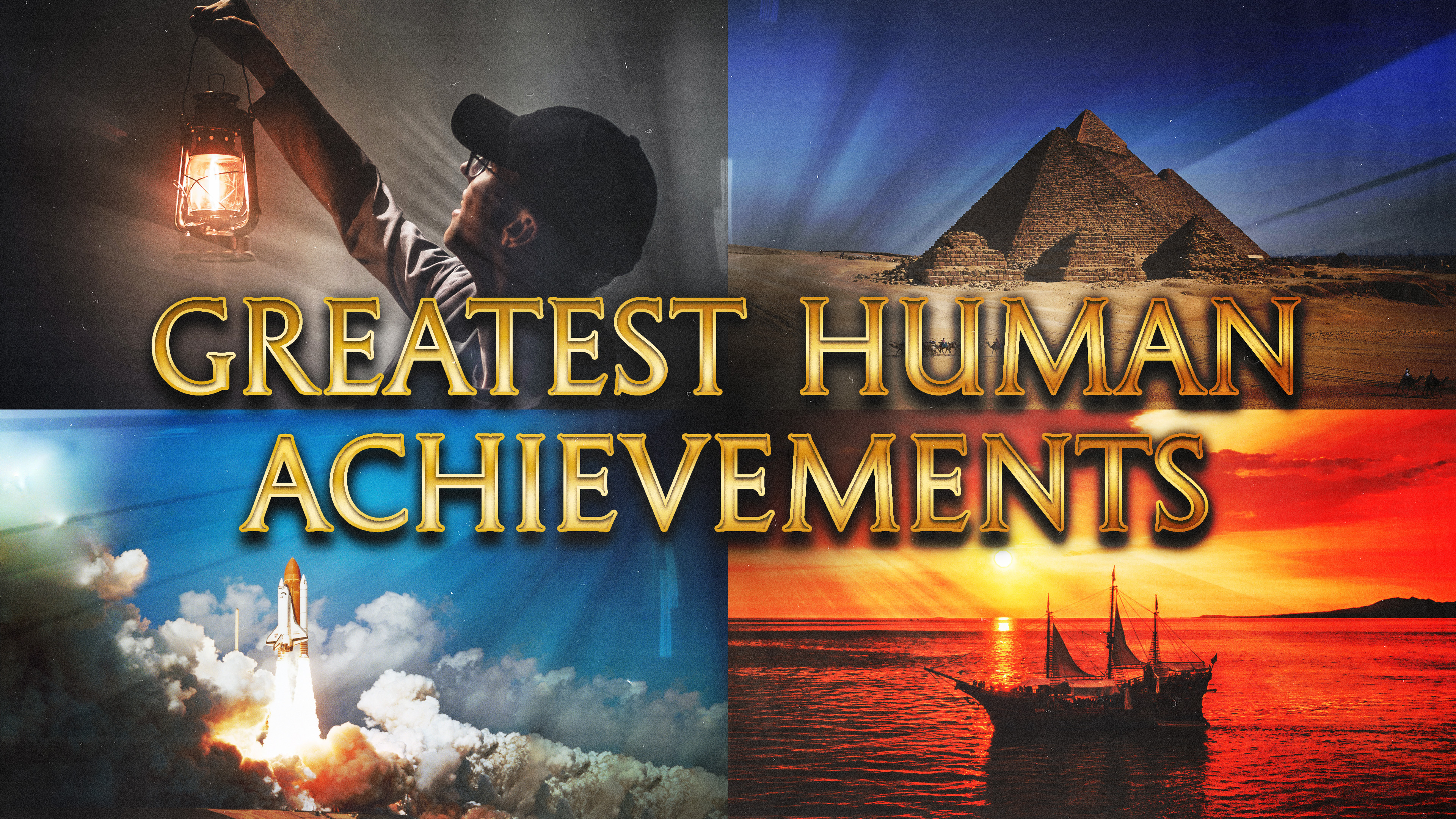Metaphors aren’t just for poetry and literature. Scientific language abounds with figurative terms that shape how we think about reality.
◊
“Juliet is the sun,” Romeo waxes in Shakespeare’s Romeo and Juliet. This famous metaphor is the stuff of great literature, poetry, and other creative writing. It is not – repeat not – the serious, objective, and truth-seeking work of the scientist. Or is it?
Learn about human’s epic discoveries, achievements, and breakthroughs in this MagellanTV documentary.
A metaphor transfers or carries over a concept’s meaning or denotation to another concept. As an identity statement (Juliet is the sun), metaphor is distinct from its cousins, analogies and similes (Juliet is like the sun), where comparison is at the fore.
Part of what makes metaphorical claims powerful is the way their truths transcend the literal contradictions resulting from identifying two distinct things as one and the same. Obviously, Juliet is not the sun. So, Romeo’s claim is false. Nevertheless, we can still believe Romeo has asserted something true. This sort of intellectual play can yield remarkable results – even in the sciences.
Universal Clockwork
Consider the Scientific Revolution in the 16th and 17th centuries, in which thinkers conceptualized the universe’s structure in mechanistic terms. Conceiving the universe as one giant machine framed theories ranging from the Big Bang to cellular factories. Though scientists aim for accurate descriptions of nature and natural events, scientific literature is replete with figurative language.
 (Credit: rawpixel)
(Credit: rawpixel)
But why does figurative language pass muster with scientists? Stars aren’t engines. The brain isn’t a computer. The quantum state of a system is not a probability cloud. One answer can be found in scientific discovery by analogical inference. (Yes, analogy is not the same as metaphor, but bear with us a moment.) If we want to learn something new, we almost invariably rely on what we already know. Today's scientists rely heavily on computer models to make predictions, and computer modeling is just a highly sophisticated form of analogical reasoning from what is better known to what is lesser known.
Don’t Get Sucked into a Black Hole
Scientific metaphors structure thinking somewhat differently. For example, metaphors explain abstract concepts in ways non-experts can grasp. Consider black holes. Physicist John Archibald Wheeler introduced “black hole” instead of “collapsed star” or “frozen star” to describe an astronomical area from which nothing, including light, can escape.
But while “black hole” may be a more efficient way for the non-expert to grasp the concept, is it any more figurative than saying a star has “collapsed” or “frozen”? In other words, aren’t those metaphorical terms, as well? If so, and they’re the technical terms used by experts, then the scientific term is metaphorical. (And for the record, scientists do use “black hole” as one of the technical terms for a black hole, which effectively converts the figurative to the literal. As such, “black hole” is now what some call a dead metaphor. R.I.P.)
Twisted Ladders, Jigsaw Puzzles, Recipes, and Gatekeepers
Making the unfamiliar familiar is one way to learn something new. Like everyone else, scientists want to conceptualize. It’s crucial to most learning and necessary to advancing scientific knowledge. Insofar as they are conceptual in ways that mathematics – which is arguably the formal language of most of the sciences – is not, metaphors do a lot of heavy lifting. The DNA double helix is a twisted ladder, cell membranes are gatekeepers, photosynthesis is a recipe, and plate tectonics are pieces of a jigsaw puzzle. Literally? No. Still…
 Stairs and shadow form a double helix. (Credit: Jef Porkanzer, via Wikimedia Commons)
Stairs and shadow form a double helix. (Credit: Jef Porkanzer, via Wikimedia Commons)
Whether we’re talking about scientific metaphors or not, all language is essentially symbolic. Contemplating how and why we think some language is figurative and some is literal is an opportunity to think a bit more carefully about what we make of our world.
Ω
Title Image credit: NASA
.jpg)
.jpg)
